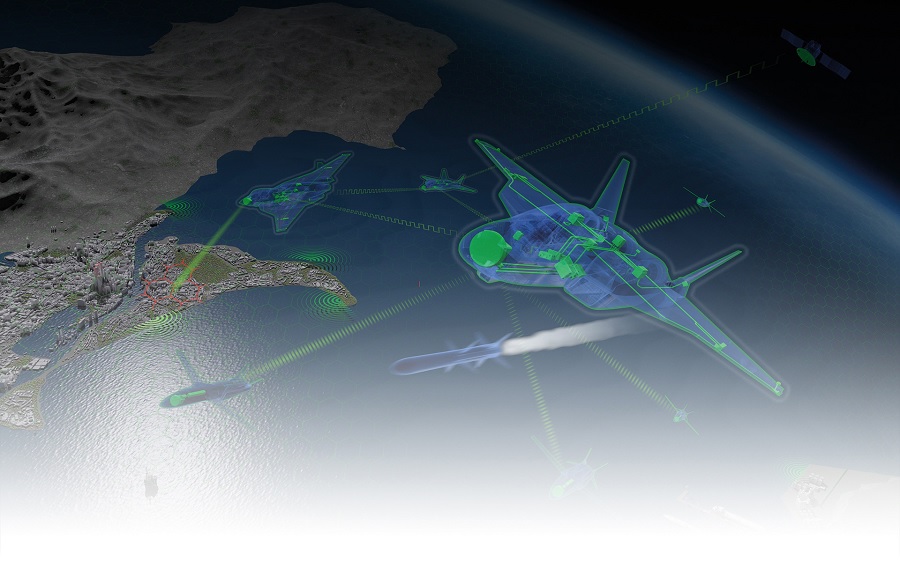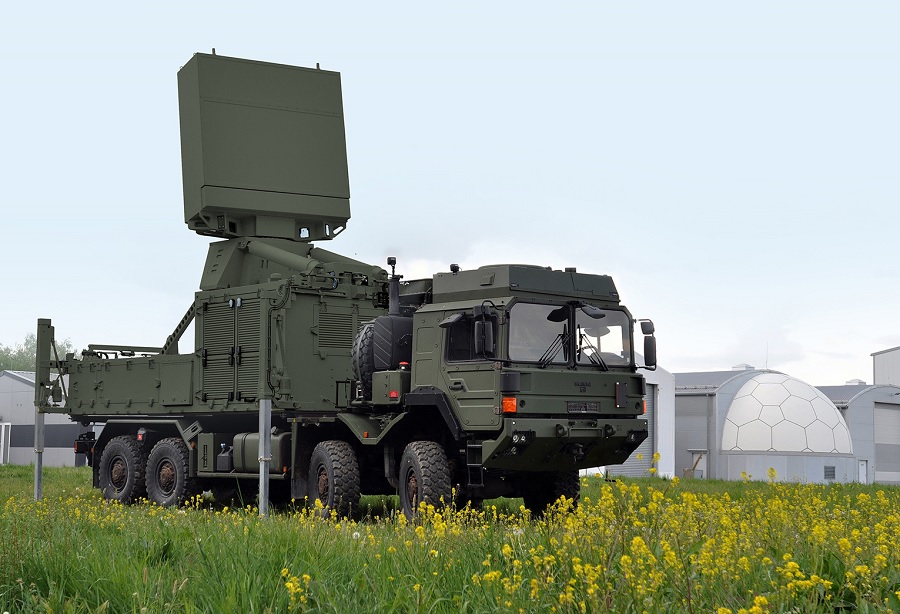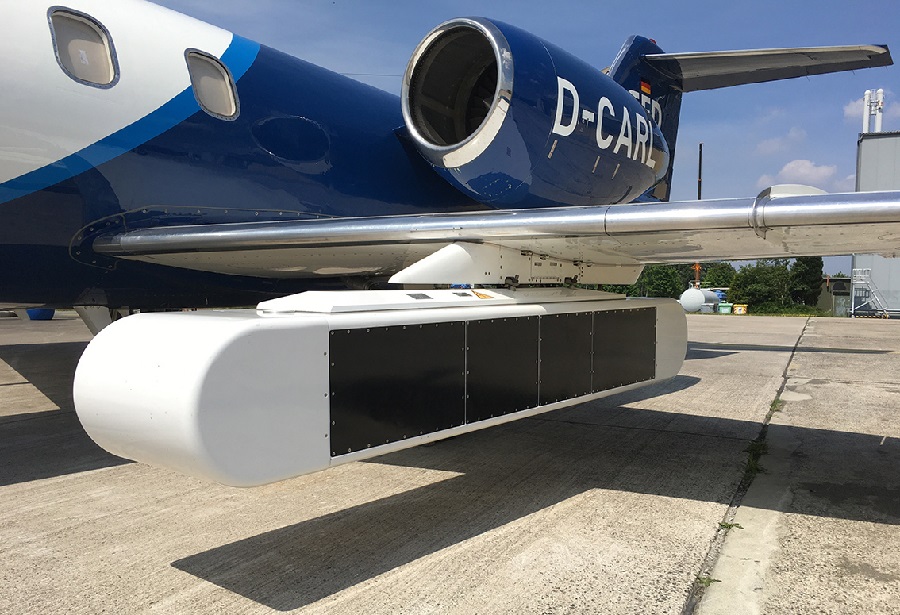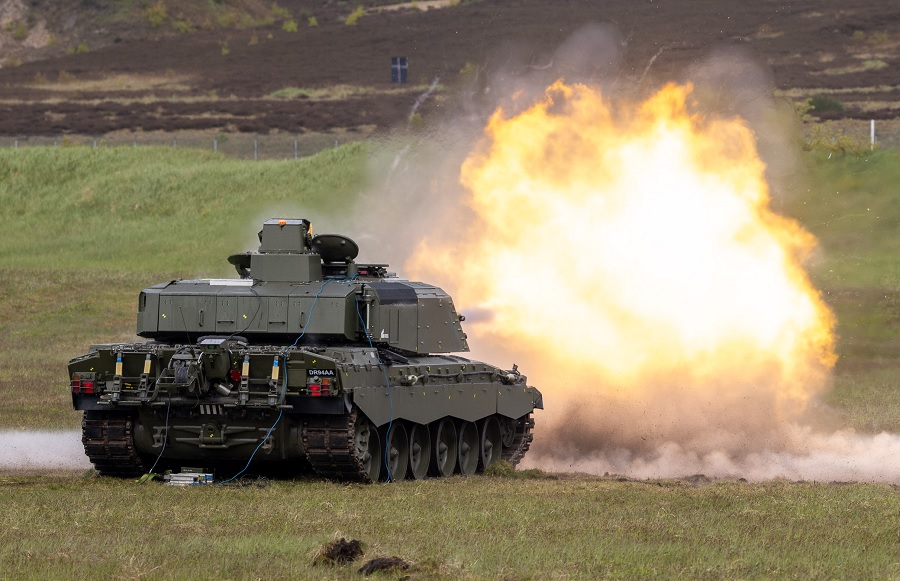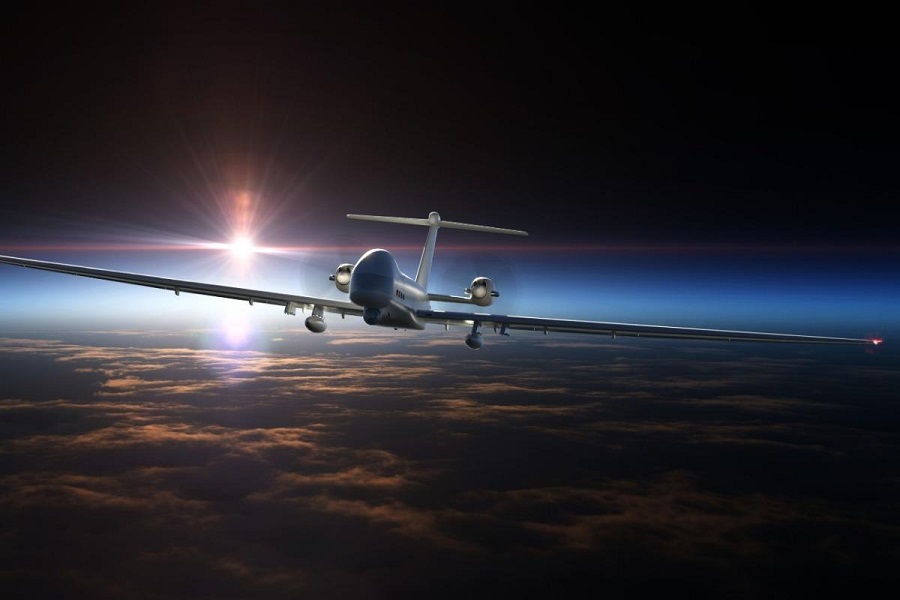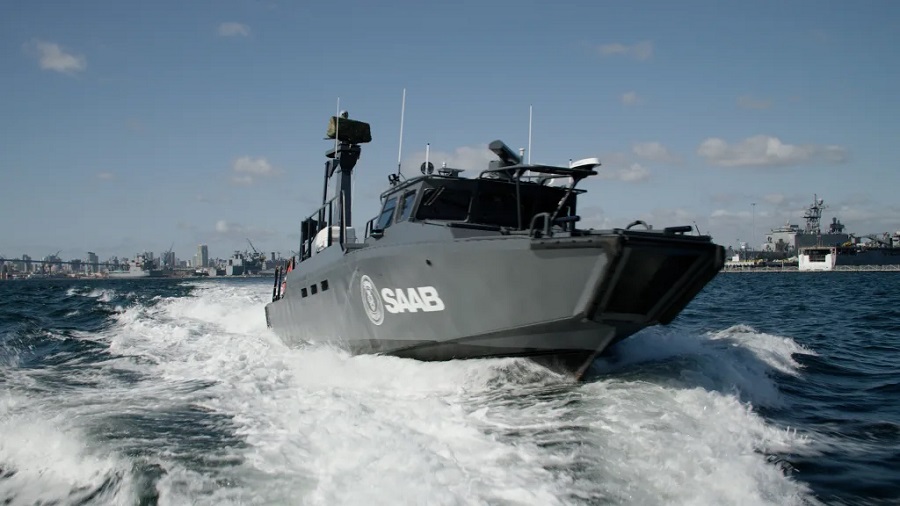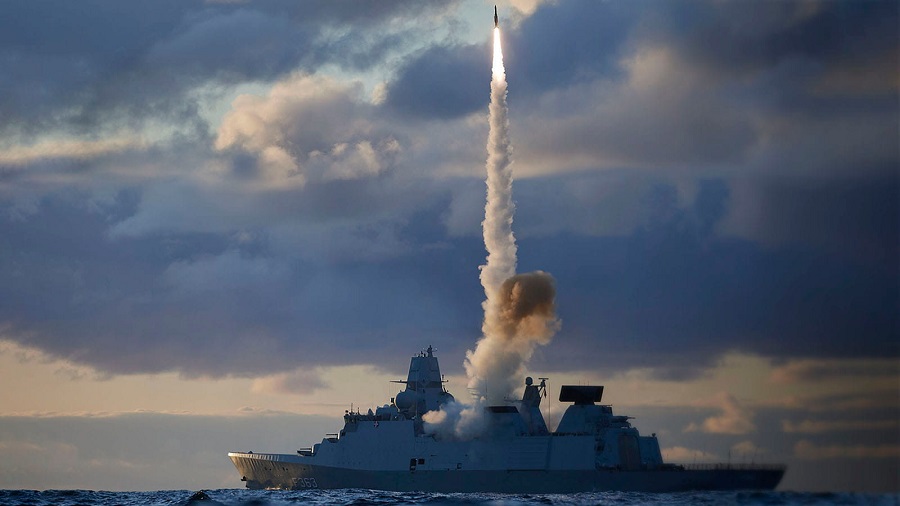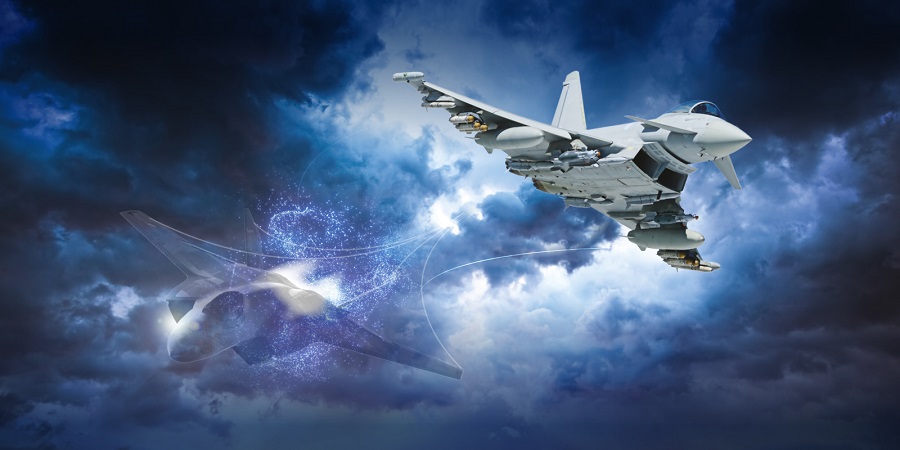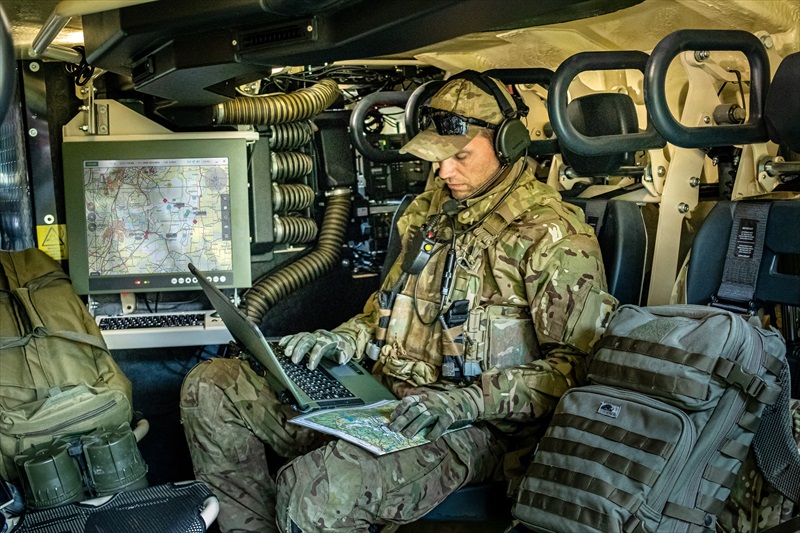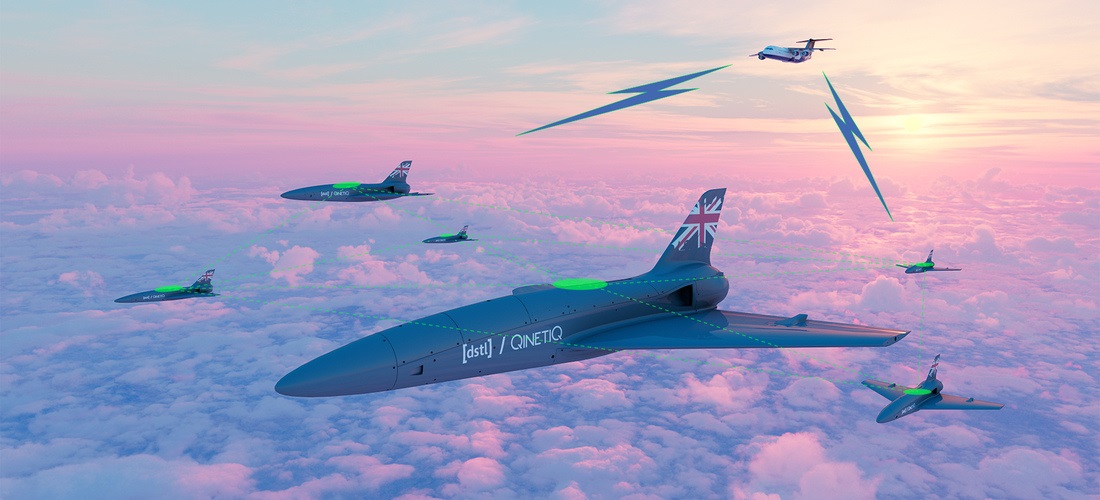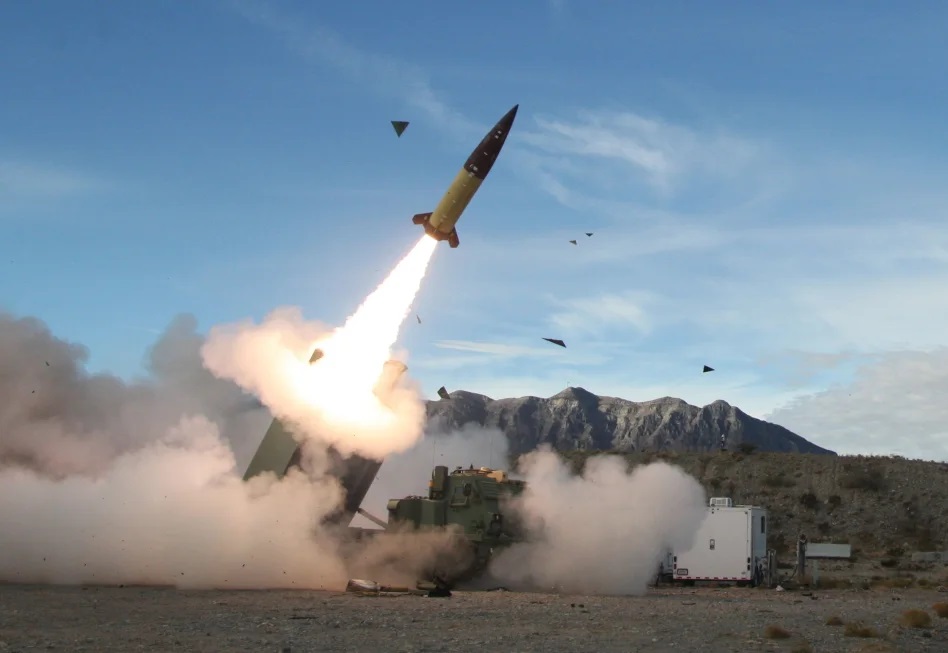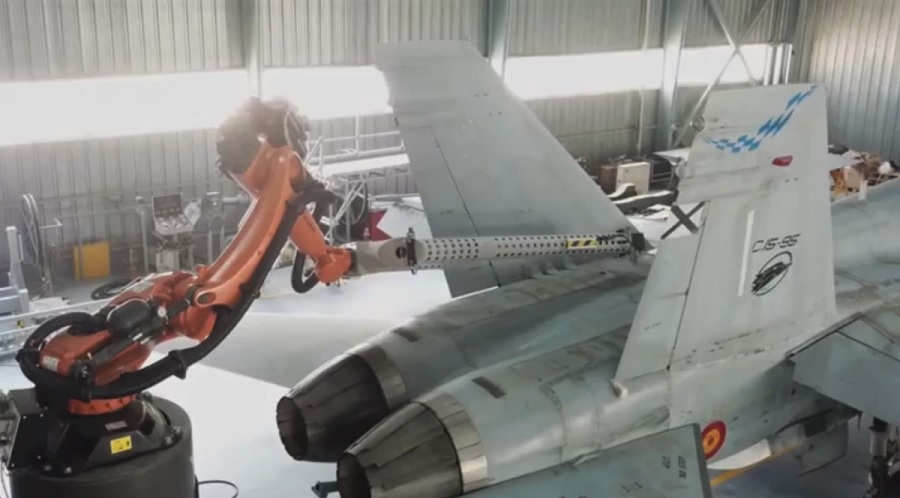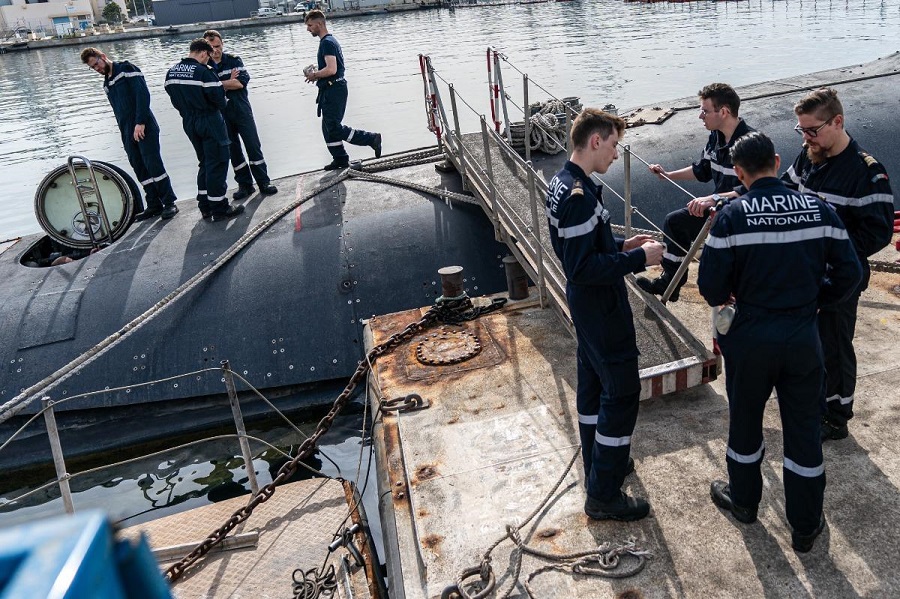The foundation for the development of radar was laid by Heinrich Hertz as early as 1886, when he discovered that radio waves are reflected by metallic objects. However, the breakthrough did not come until the Second World War, when radar technology gained great importance both at sea and in the air. Since then, reconnaissance using radar has been increasingly faster, more precise, and at greater distances. Almost 100 years after the first applications, the next technological quantum leap is now on the horizon with the complete digitalization of radar systems.
Among other things, HENSOLDT has already digitalized the antennas of its radar systems. Instead of the mechanically pivoting antennas that have been common up to now, electronically scanned AESA (active electronically scanned array) antennas are used: in the new Eurofighter MK1 radar, in the multifunctional TRS‑4D/TRML‑4D radar for airspace surveillance and target acquisition, in the SPEXER reconnaissance radar, and in the PrecISR air and ground surveillance radar.
Eurofighter-Radar MK1
For the next tranche of the Eurofighter, named Quadriga, HENSOLDT has developed the ECRS (Eurofighter common radar system) MK1. The electronically scanned AESA antenna combines ultra-high-resolution surveillance of the entire airspace with faster automatic detection and tracking of significantly more targets and improved missile targeting. In addition, it increases resilience against jamming attempts, improving the survivability of the Eurofighter even in high-intensity conflict situations. Current Eurofighters will also receive HENSOLDT’s new ECRS-MK1 radar as part of hardware and software updates.
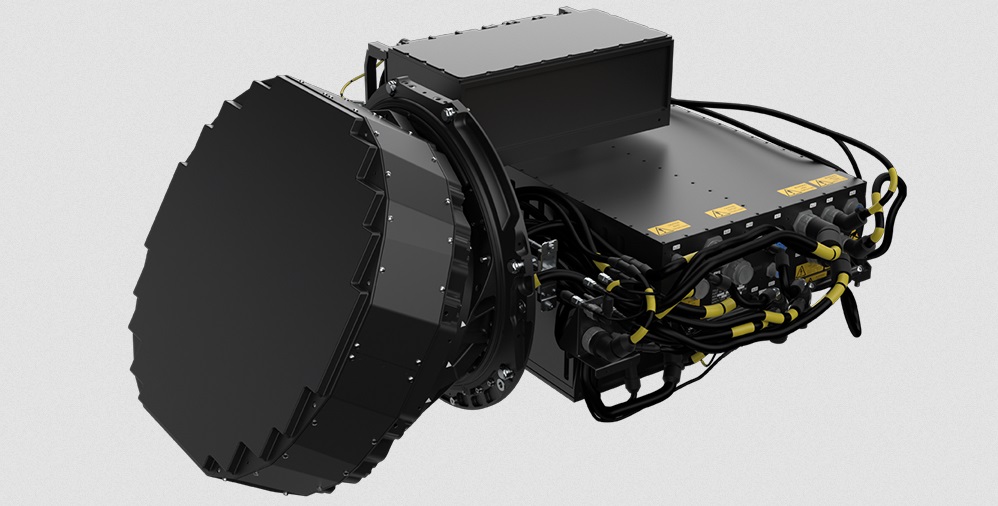
PrecISR Air and Ground Surveillance Radar
For versatile airborne and ground surveillance applications – from unmanned aerial vehicles to helicopters and special operations aircraft – HENSOLDT has developed the PrecISR multi-mission surveillance radar. It enables monitoring of a large area with a single pass, even in the most challenging environmental conditions. PrecISR translates the latest achievements in AESA technology into a high-performance and scalable radar with compact size as well as low weight and power requirements. This makes PrecISR suitable for a wide range of military and civilian surveillance and reconnaissance applications in the air, at sea, and on land – from human and drug trafficking to terrorism, piracy and smuggling, illegal fishing, oil spills, and other environmental threats.

AESA – the Digitally Scanned All-Round View
HENSOLDT’s AESA radars generate the transmit energy in several hundred to several thousand small transmit and receive units directly in the antenna, depending on the antenna size. This makes them significantly less susceptible to interference and extremely flexible in use compared to mechanically pivoting antennas with a central transmitter and receiver unit. The electronic beam swiveling capability achieved by this large number of integrated transmit and receive units allows near-distortion-free directional changes at will. This allows AESA radars to track many different, widely varying targets and continue searching in all directions virtually simultaneously.
Equipped with a “ground moving target indication” function and state-of-the-art space-time filtering, multichannel AESA radars detect minute targets in strong clutter environments during land or sea surveillance. For airborne applications, a synthetic aperture radar function produces detailed images through clouds and at night – from over 100 kilometers away.
The Fully Digital Radar of the Future
In the next step, HENSOLDT is pushing ahead with the complete digitalization of its radar systems. In the process, the radar signals, which were previously still analog even in AESA radars, will be digitalized directly in the device and then further processed digitally, which will further increase the flexibility of the possible applications. Such radars are increasingly able to observe in the manner of an insect’s eye, which has a complete view of its surroundings in all directions simultaneously at all times. In contrast, mechanically moving radars illuminate only a sequential section of the hemisphere at any given time, making it difficult to track multiple targets while simultaneously searching for them.
The fully digital radars of the future will enable networked activity; their data will flow together in a comprehensive situation report. While in the future, for example, radar drones will fly close to the enemy to actively collect data – with the risk of their detection and destruction – in parallel, more powerful passive radar systems will generate data from a distance, undetected, and beyond the enemy’s target radius. Thus, the targets will be detected, but not the defender’s own manned systems. The range of the radar will increase while simultaneously providing greater safety for the emergency services.
Multifunctionality – All-in-One Device
AESA radars are already showing how digitalization will allow significantly more different functions to be integrated into one system in the future. In the future, multifunctional high-frequency systems will combine radar functions, electronic combat functions, and communications functions in a single system. Instead of hardware, software and the speed of data processing will then become the determining factors of the individual functional units.
This multifunctionality not only saves space and weight, which is particularly important for manned and unmanned aircraft, but also permits a flexibility of sensor functions that is unparalleled today. This is especially true when many such multifunctional high-frequency systems and fully digital radar systems work together across sensors and platforms via data links. Thus, a so-called meta-sensor system is created through progressive digitalization.
HENSOLDT is also driving the development of fully digital radar systems and multifunctional high-frequency systems of tomorrow within the framework of cooperation programmes of the European Defence Fund – for example, in the CROWN and ARTURO programmes together with other leading European defence companies such as Indra, Thales, Saab, and Leonardo. In this way, pioneering technologies are being developed in collaboration to ensure European defence capability.

Source: HENSOLDT’s Annual Report 2022.


